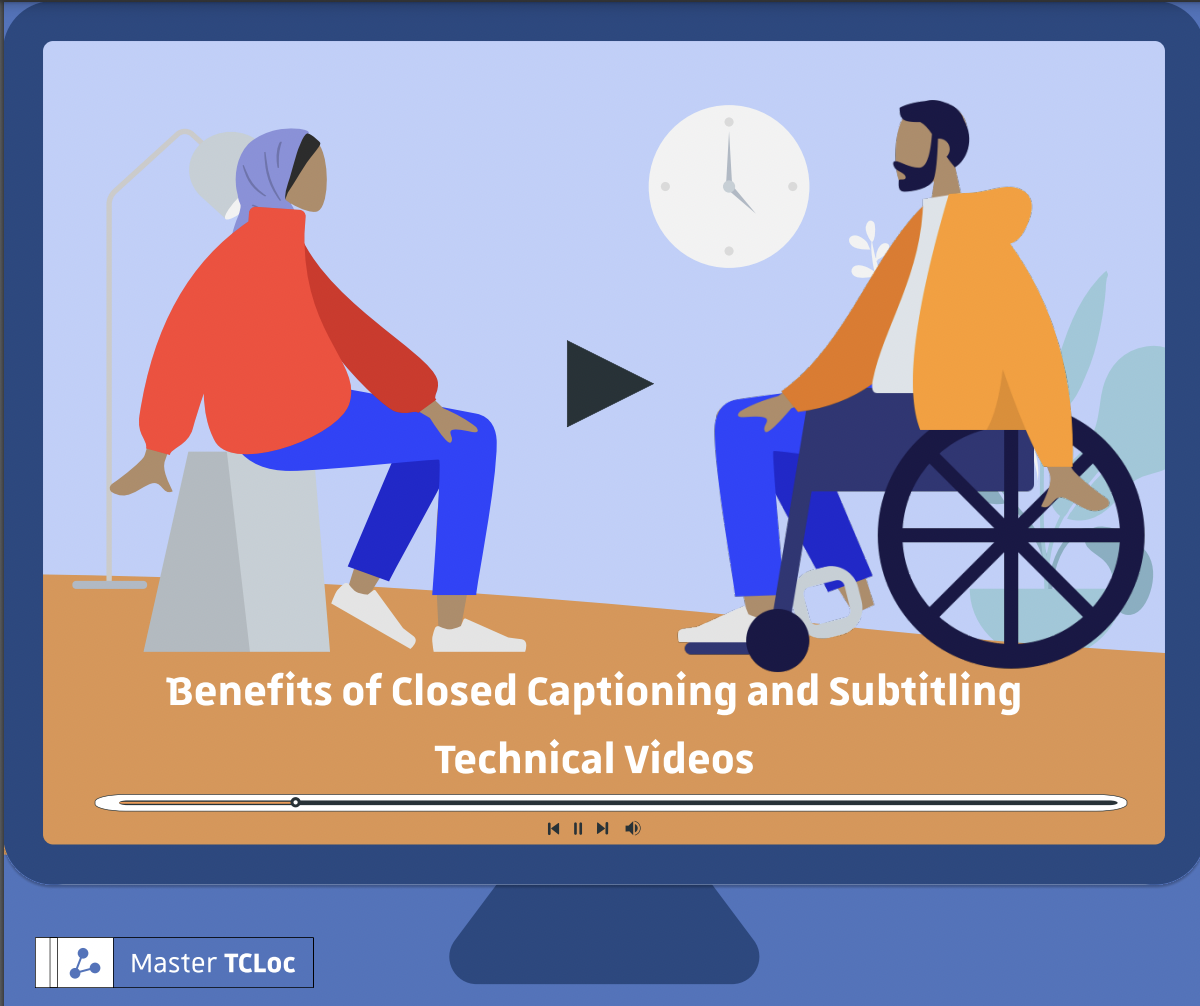This blog post discusses the importance of closed captioning and subtitling in technical videos. However, we should first discuss the significance of videos. It is important to mention that the human brain processes at a higher speed information coming from a video rather than from the usual standard ways. Also, it helps people understand things better and remember more.
In recent years, there has been an increase in the amount of videos that are created and consumed. After Google, YouTube is the second-largest search engine and has seen a growing presence of companies. Many YouTube visitors are looking for answers to questions, solutions to daily life problems, or to learn something new. This is a good opportunity for companies to introduce their products to potential customers. For example, they could tell them what their products and services are about and how to use them.
Videos account for a significant share of content used by B2B marketers, including product overviews and reviews. In fact, investment in video production will be higher and higher in the future. You can learn more about the reasons for creating video content in the CAWEB) blog.
Nowadays, people use videos with subjects in technical communication, such as instructional how-to videos. Since not every user wants to read an entire user manual to find the solution to a problem, creating short videos that supplement written technical documentation can help users find information more quickly and understand things better. According to Forbes, two of the most effective types of videos are tutorials and demonstration videos.
The difference between closed captions and subtitles
People uses subtitles when they do not understand the language of the original soundtrack. Therefore, the function is to translate the content of the video.
Captions are intended for deaf and hard-of-hearing (DHH) people and tend to be inter-lingual, i.e., in the language spoken in the video. Captions include additional information such as speaker IDs, background sounds, music, exclamations, voice tone, and manner. They can be open or closed. Closed captions can be turned on or off, while open captions are burned into the video and cannot be turned off.
The importance of closed captioning and subtitling
Accessibility
According to the World Health Organization (WHO), 466 million people suffer from disabling hearing loss. The main benefit of closed captioning is to be accessible because it gives DHH people visual access to audio content. In fact, the presence of captions is one of the success criteria of the Web Content Accessibility Guidelines (WCAG) for multimedia. Other ways to make videos accessible include audio description and sign language interpretation.
Usability
According to the World Wide Web Consortium (W3C), usability “is about designing products to be effective, efficient, and satisfying.”
Many people watch videos without sound. Closed captioning and subtitling can make videos more effective and efficient because they facilitate access and use. Even in situations in which it is not possible or not desirable to turn on the sound. For example, a noisy environment or public spaces. People feel more satisfied and have a better user experience.
Video localization
Adding subtitles to videos can be part of a company’s video localization strategy, in order to reach and engage a larger audience. That is why they make videos available to speakers of other languages. However, for the subtitles to be effective, they must be created following the golden rules of professional captioning and subtitling. As it is indicated in this article (in German), which illustrate how to localize videos using a correct methodology.
Video SEO
Closed captioning and subtitling are also useful for search engine optimization (SEO) purposes, since they allow video indexing and ranking. Search engines like Google cannot read video content, so for web crawlers to index a video, they need to know what it is about. Captions and subtitles can help make the content readable. This allows the use of more keywords (apart from those included in video descriptions, titles and tags) and increases traffic and engagement since captions tend to increase the watch-to-completion rate, which, in turn, will improve the video’s ranking. However, for this to happen, captions and subtitles have to be present as a separate file such as an SubRip Subtitle (SRT) file. Therefore, open captions are not suitable for the reason mentioned above.
Read more about the importance of video SEO (in French) in the CAWEB blog.
Conclusion
There are multiple benefits to closed captioning and subtitling, and given the importance of videos, including in the technical communication field, it is fair to say that adding closed captions to a video is a necessity to provide better access and user experience.
If you want to find out more information and learn more about technical communication, localization, SEO, usability, user experience, and other related topics, check out the TCLoc master’s program and apply online.



